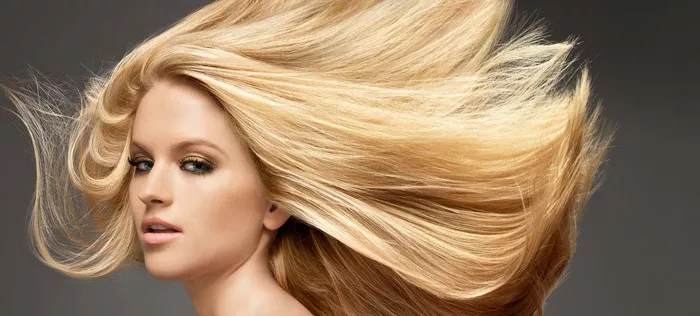Bleaching hair has become a popular trend, offering the allure of vibrant, eye-catching colors and bold transformations. However, amidst the excitement of changing hair hues, there lies a potential concern: Can bleaching hair cause hair thinning? This comprehensive article aims to delve into the relationship between hair bleaching and hair thinning, shedding light on the impact of this chemical process on hair thickness and overall health.
Understanding Hair Structure
To comprehend the impact of bleaching on hair thinning, it is essential to grasp the fundamental structure of hair. Each hair strand comprises three layers: the cuticle, cortex, and medulla. The outermost layer, the cuticle, acts as a protective barrier, safeguarding the inner layers from damage. The cortex contains the natural pigment (melanin) responsible for hair color, while the medulla, present in thicker hairs, plays a minor role in hair strength.
The Chemistry of Hair Bleaching
Hair bleaching involves using oxidizing agents, usually hydrogen peroxide, to lift the natural color pigments from the hair shaft. This process breaks down melanin, responsible for hair color, leaving the hair lighter. The cuticle, the outermost layer of the hair, is opened during bleaching, making the hair more porous and vulnerable to damage.
Potential Causes of Hair Thinning
While hair bleaching does not directly cause hair thinning, it can contribute to certain factors that may lead to thinning over time. The bleaching process can weaken the hair structure, making it more susceptible to breakage and split ends. Excessive bleaching, frequent touch-ups, or leaving bleach on for extended periods can worsen the damage, eventually leading to increased hair breakage and loss.
Bleaching and Hair Thinning: The Connection
While hair bleaching itself may not directly cause hair thinning, it can contribute to thinning over time due to various factors.
1. Damage to the Hair Structure:
The bleaching process weakens the hair structure by breaking down the protein bonds in the cortex. This damage can lead to increased hair breakage, making the hair appear thinner.
2. Excessive Processing:
Frequent bleaching or overlapping bleach applications can escalate the damage, weakening the hair further. This excessive processing may contribute to hair thinning.
3. Dry and Brittle Hair:
Bleaching strips the hair of its natural oils, leaving it dry and brittle. Dry hair is more susceptible to breakage and can contribute to the appearance of thinner hair.
4. Chemical Sensitivity:
Some individuals may have a greater sensitivity to the chemicals used in the bleaching process. This sensitivity can lead to more severe damage, affecting hair thickness.
5. Hair Loss Conditions:
For individuals with pre-existing hair loss conditions, such as androgenetic alopecia (male pattern baldness) or female pattern hair loss, bleaching can exacerbate the condition and lead to hair thinning.
6. Incorrect Application:
Improper bleaching techniques or leaving the bleach on for too long can cause hair damage, including thinning.
How to prevent hair damage from bleaching
While hair bleaching can pose risks to hair thickness and health, there are ways to minimize these effects and maintain lush, vibrant locks.
1. Seek Professional Help:
Consult with a skilled hairstylist or colorist who can assess your hair’s condition and recommend the best approach for bleaching, minimizing damage.
2. Hair Treatments:
Prioritize hair care and nourishing treatments to maintain the health of your hair. Regular deep conditioning, oil treatments, and protein masks can help strengthen the hair and reduce damage.
3. Avoid Overprocessing:
Limit the frequency of bleaching sessions and avoid overlapping bleach applications to prevent excessive damage.
4. Heat Styling Caution:
Be cautious with heat styling tools, as bleached hair is more susceptible to damage from high temperatures.
5. Use Quality Products:
Choose hair care products formulated for color-treated and damaged hair. Sulfate-free shampoos and nourishing conditioners can help preserve hair health.
6. Monitor Hair Health:
Pay attention to any changes in your hair’s thickness and overall condition. If you notice increased hair shedding or thinning, consult a dermatologist or trichologist for a professional evaluation.
Conclusion
Hair bleaching can be a thrilling way to transform your look and express your style. While it may not directly cause hair thinning, bleaching can lead to hair damage, making the hair appear thinner and more prone to breakage. By understanding the potential impact of bleaching on hair health and adopting preventive measures, you can enjoy the benefits of hair bleaching while maintaining the thickness and vitality of your cherished locks. Remember that healthy hair is a reflection of proper care, attention, and self-love.


